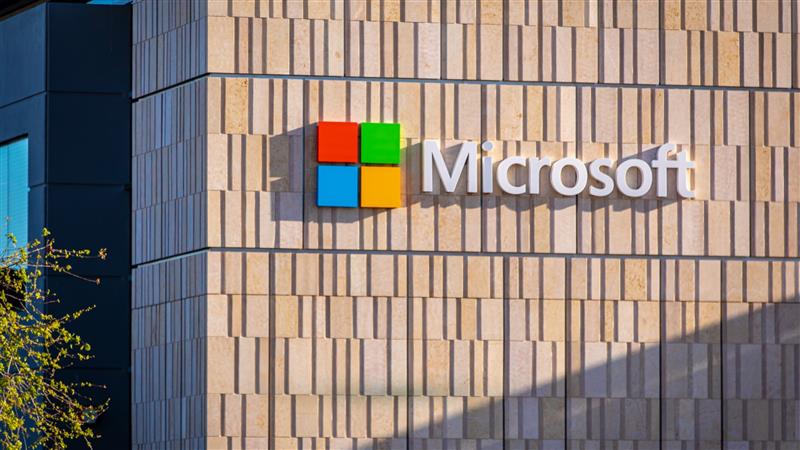
On June 30, Microsoft’s AI group, led by UK tech chief Mustafa Suleyman, launched a new AI diagnostic tool in the US with the potential to surpass human doctors in complex clinical cases, channeling OpenAI’s latest technology.
With such big-tech collaborators as Microsoft, OpenAI and Meta joining forces in this field, we may be looking at the beginning of a new era for patient care and AI outperforming doctors.
“Medical superintelligence” is closer than we imagine, and Microsoft’s announcement takes healthcare one step into a future where it’s transformed by intelligent technology.
The new system not only gives solutions, but it also acts as a virtual panel of doctors, working through symptoms, tests, and results with precision.
Diagnosing with Intelligent Tech
Microsoft’s new system is a tool called a “diagnostic orchestrator,” that behaves like a real doctor, asking step-by-step questions, ordering tests, and making the final diagnosis call.
All that’s important, but the one thing that makes it stand out is how well it works under pressure.
In testing, the AI diagnostic tool tackled over 300 tough cases from the New England Journal of Medicine, correctly solving over 80% when paired with OpenAI’s o3 model. While human doctors that work alone manage only 20%.
The system was also more resource-efficient, offering a form of automated diagnosis that had the potential to save money and reduce excessive testing. Microsoft explains that this can help alleviate the workload of healthcare professionals while enabling patients to get more accurate care.
Medical Superintelligence
The Head of Microsoft AI believes the tool can reach perfection within the next decade.
“It’s pretty clear that we are on a path to these systems getting almost error-free in the next 5-10 years. It will be a massive weight off the shoulders of all health systems around the world,” Suleyman said.
Vision is part of a broader push toward automated medical diagnosis, where machines play a greater role in solving healthcare’s most frustrating and puzzling matters. However, in a comforting note, Microsoft clarifies that doctors will not be replaced.
“Their clinical roles are much broader than simply making a diagnosis. They need to navigate ambiguity and build trust with patients and their families in a way that AI isn’t set up to do,” the company said. Microsoft also pointed out that AI in medicine must be explainable to enable patients and professionals to trust and understand the decisions taken by the system.
The Big Tech giant is also tackling issues of diagnostic bias in medicine by testing the system on a wider common personal symptoms range, as well as patient types before real-world deployment.
For now, the system highlights how AI applications in medical diagnostics have evolved. With partnership with leading models from Meta, Anthropic, and others, Microsoft is developing tools that are able to extend medical disciplines and assist with decision-making at the moment.
One day, Microsoft’s diagnostic platform will operate as one of the leading AI powered diagnostic tools in clinics, offering second opinions and helping doctors with faster decisions. It will also operate as part of an AI clinical decision support system offering physicians a digital colleague that never sleeps, never forgets, or becomes inactive.
While the tech isn’t hospital-ready yet, one thing is sure: the future of medicine isn’t just human anymore, it’s smart, scalable, and powered by AI diagnostic solutions that could change our healing process.
Inside Telecom provides you with an extensive list of content covering all aspects of the Tech industry. Keep an eye on our Medtechsection to stay informed and updated with our daily articles.